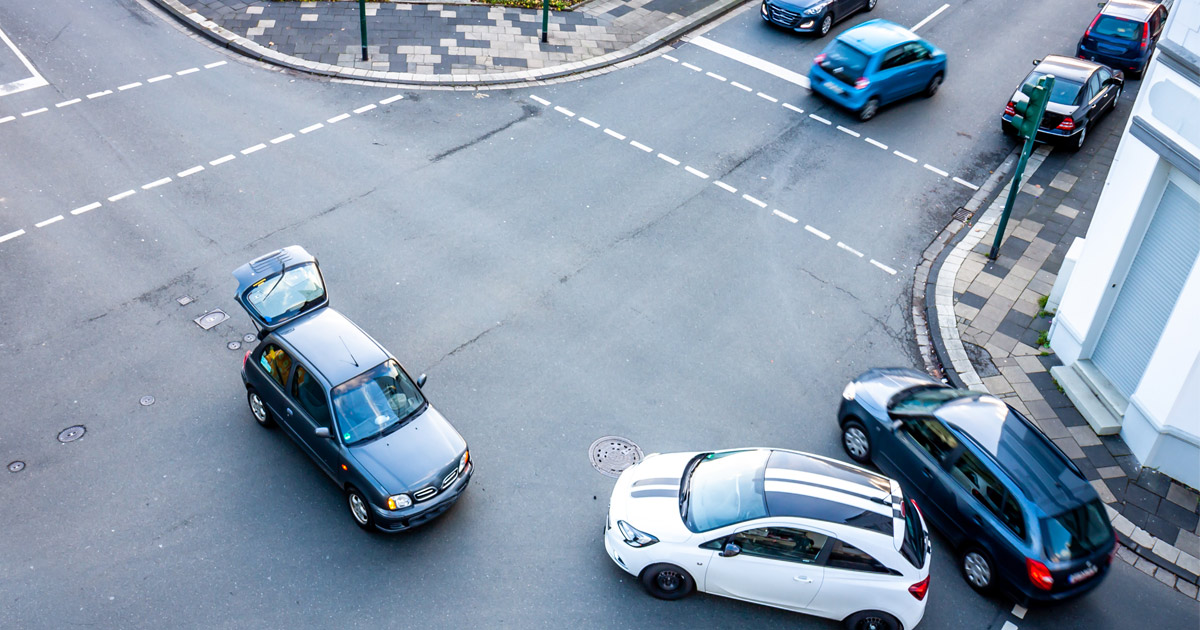Intersection accidents are among the most common types of car accidents, often resulting from a failure to yield, running red lights, distracted driving, or speeding. Determining fault in intersection accidents is crucial for injured parties seeking compensation for their damages. In this article, we will explore the process of determining fault in intersection accidents and the steps injured parties can take to seek damages.
Determining Fault in Intersection Accidents
Establishing fault in intersection accidents requires a thorough investigation of the accident scene, witness statements, police reports, and any available video footage or photographic evidence. The following factors are often considered in determining fault:
Traffic Signal Violations: Drivers who run red lights or fail to obey stop signs are typically at fault for intersection accidents. This is because traffic signals are designed to regulate traffic flow and prevent collisions.
Failure to Yield: Drivers who fail to yield the right-of-way to other vehicles or pedestrians have a higher likelihood of causing an accident. Yielding is essential for maintaining the safety of all road users.
Distracted Driving: Drivers who are distracted by texting, talking on the phone, or engaging in other activities at the time of the accident may be held liable for the collision.
Speeding: Exceeding the speed limit or driving too fast for the conditions can reduce a driver’s ability to react to traffic signals, leading to accidents.
Comparative Fault
In some cases, fault may be shared between multiple parties involved in the intersection accident. Comparative fault laws are applied in states where more than one party is found to be negligent. In such cases, the compensation awarded to the injured party may be reduced based on their percentage of fault.
Seeking Damages
Injured parties in intersection accidents have the right to seek compensation for their damages, which may include:
Medical Expenses: Compensation for medical bills, hospitalization, surgeries, physical therapy, and ongoing medical treatments related to injuries sustained in the accident.
Lost Wages: Reimbursement for lost wages due to missed work during recovery or potential future income loss.
Pain and Suffering: Compensation for physical pain, emotional distress, and reduced quality of life resulting from the accident and injuries.
Property Damage: Coverage for vehicle repair or replacement costs due to damages sustained in the collision.
Gathering Evidence
To build a strong case and determine fault, it is crucial to gather as much evidence as possible, including:
Police Reports: Obtain a copy of the official police report, as it contains essential information about the accident, witness statements, and any traffic violations noted.
Witness Statements: Obtain contact information from witnesses who saw the accident unfold, as their accounts can support your version of events.
Photo and Video Evidence: Take pictures of the accident scene, vehicle damage, and any traffic signals or signs involved. If available, obtain any relevant video footage from surveillance cameras or dashcams.
Medical Records: Keep detailed records of all medical treatments, expenses, and doctor visits related to the injuries sustained in the accident.
Consult with an Attorney
Navigating the complexities of determining fault and seeking damages in intersection accidents can be challenging. Consulting with an experienced personal injury attorney is essential to understand your rights, assess the value of your claim, and negotiate with insurance companies on your behalf.
Intersection accidents can lead to serious injuries and significant damages for those involved. Determining fault is critical for injured parties seeking compensation for their losses. If you have been injured in an intersection accident, gather evidence, seek medical attention, and consult with a skilled personal injury attorney. By understanding your rights and seeking legal representation, you can increase your chances of receiving fair compensation and moving forward after an intersection accident.


I don’t think the title of your article matches the content lol. Just kidding, mainly because I had some doubts after reading the article.
Can you be more specific about the content of your article? After reading it, I still have some doubts. Hope you can help me.
Can you be more specific about the content of your article? After reading it, I still have some doubts. Hope you can help me.
I don’t think the title of your article matches the content lol. Just kidding, mainly because I had some doubts after reading the article.
Thank you for your sharing. I am worried that I lack creative ideas. It is your article that makes me full of hope. Thank you. But, I have a question, can you help me?
Your point of view caught my eye and was very interesting. Thanks. I have a question for you.
Your point of view caught my eye and was very interesting. Thanks. I have a question for you.
Your point of view caught my eye and was very interesting. Thanks. I have a question for you.